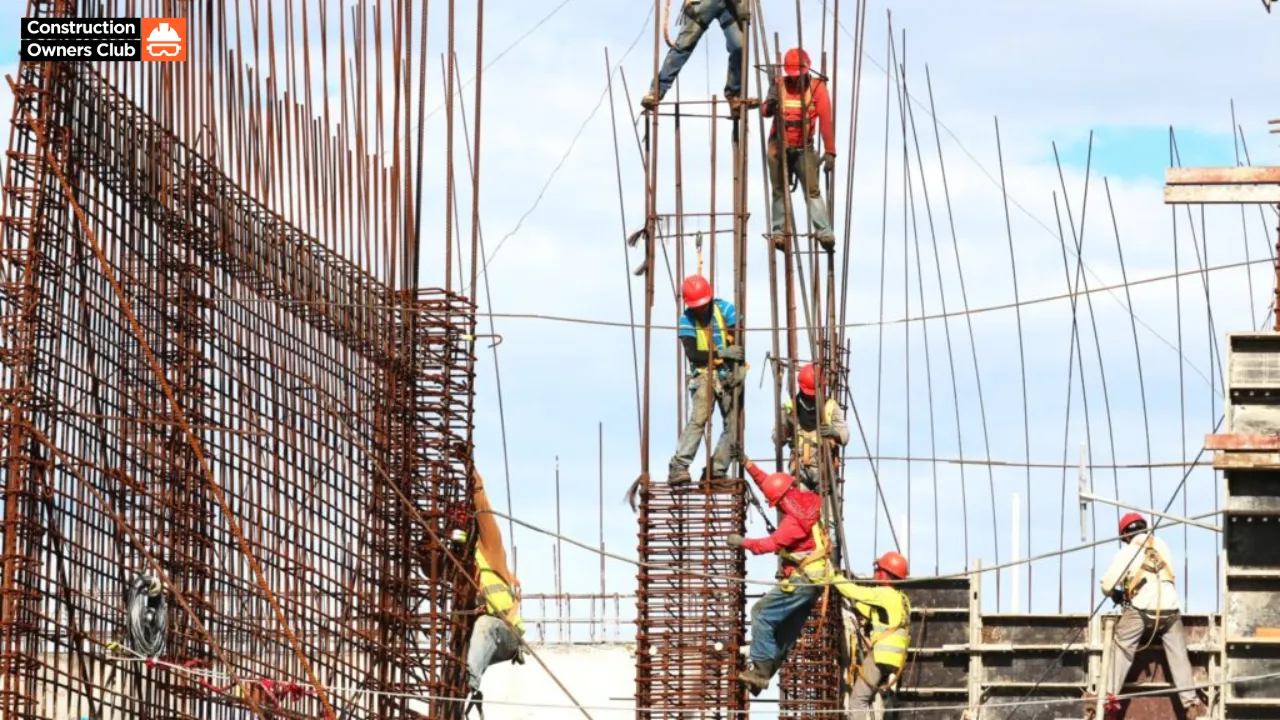Ever wondered why so many construction projects end up over budget, behind schedule, or,Ever even worse, in legal disputes? The answer often lies in the unexpected risks that can arise during the construction process. While it's impossible to eliminate all risks, effective risk management can help mitigate their impact and ensure a successful project.
In this blog post, we'll explore 10 common types of construction risks and provide practical strategies for handling them.
1. Financial Risks
- Cost Overruns: Unexpected increases in material costs, labor rates, or equipment rental fees can lead to significant cost overruns.
- Cash Flow Problems: Delays in payments from clients or suppliers can strain cash flow and jeopardize the project's financial viability.
- Economic Downturns: A recession or economic downturn can reduce demand for construction services, leading to project cancellations or delays.
How to Handle:
- Develop a detailed budget and regularly monitor expenditures.
- Negotiate favorable terms with suppliers and subcontractors.
- Maintain a healthy cash reserve to cushion against unexpected financial shocks.
- Consider risk transfer mechanisms such as insurance or performance bonds.
2. Schedule Risks
- Delays: Adverse weather conditions, labor shortages, or supply chain disruptions can cause delays in project completion.
- Change Orders: Unforeseen circumstances may require changes to the original project scope, leading to delays and additional costs.
How to Handle:
- Create a realistic project schedule with contingency plans for potential delays.
- Communicate effectively with all stakeholders to ensure everyone is on the same page.
- Utilize project management tools to track progress and identify potential bottlenecks.
3. Safety Risks
- Injuries and Fatalities: Accidents on construction sites can result in serious injuries or fatalities, leading to legal liabilities and emotional distress.
- Health Hazards: Exposure to hazardous materials or working in unsafe conditions can pose serious health risks to workers.
How to Handle:
- Implement strict safety protocols and enforce them rigorously.
- Provide ongoing safety training to all workers.
- Use appropriate safety equipment and maintain it regularly.
- Conduct regular safety inspections to identify and address potential hazards.
4. Quality Risks
- Defects and Non-Compliance: Poor workmanship or failure to meet design specifications can result in defects that may need to be corrected, leading to delays and additional costs.
- Legal Disputes: Quality issues can lead to disputes with clients or subcontractors, potentially resulting in costly litigation.
How to Handle:
- Establish clear quality standards and ensure they are followed throughout the project.
- Conduct regular quality inspections to identify and address any issues.
- Document all quality control activities to provide evidence in case of disputes.
5. Environmental Risks
- Regulatory Compliance: Construction projects must comply with a variety of environmental regulations, including those related to pollution, waste disposal, and habitat protection.
- Environmental Damage: Improper disposal of hazardous materials or damage to sensitive ecosystems can result in fines, penalties, and negative public relations.
How to Handle:
- Conduct an environmental impact assessment before starting the project.
- Develop an environmental management plan to address potential risks and ensure compliance with regulations.
- Hire qualified environmental consultants to provide expert advice.
6. Legal Risks
- Contract Disputes: Disagreements between project parties can lead to costly legal battles.
- Labor Disputes: Strikes or labor disputes can cause significant disruptions to the project schedule.
How to Handle:
- Draft clear and comprehensive contracts to avoid misunderstandings.
- Establish a dispute resolution process to address conflicts without resorting to litigation.
- Maintain good relationships with labor unions to prevent disputes.
7. Political Risks
- Policy Changes: Changes in government policies or regulations can impact the project's viability or profitability.
- Local Opposition: Community resistance or protests can delay or even halt construction projects.
How to Handle:
- Monitor political developments that could affect the project.
- Engage with local communities to address concerns and build support.
- Develop contingency plans to mitigate the impact of political risks.
8. Technological Risks
- Equipment Failures: Malfunctions or breakdowns of construction equipment can cause delays and increase costs.
- Cybersecurity Threats: Data breaches or cyberattacks can compromise project information and disrupt operations.
How to Handle:
- Invest in reliable and well-maintained equipment.
- Implement robust cybersecurity measures to protect sensitive data.
- Have a backup plan in case of equipment failures or data breaches.
9. Force Majeure Risks
- Natural Disasters: Earthquakes, hurricanes, floods, or other natural disasters can cause significant disruptions to construction projects.
- Pandemics: Global health crises like the COVID-19 pandemic can disrupt supply chains, labor markets, and project schedules.
How to Handle:
- Include force majeure clauses in contracts to address unforeseen events.
- Develop contingency plans to minimize the impact of force majeure events.
- Maintain strong relationships with suppliers and subcontractors to ensure continued support during crises.
10. Human Resources Risks
- Labor Shortages: A lack of skilled workers can delay project completion and increase costs.
- Employee Turnover: High turnover rates can disrupt project continuity and productivity.
How to Handle:
- Offer competitive wages and benefits to attract and retain top talent.
- Invest in employee training and development to improve skills and morale.
- Create a positive work environment to foster employee satisfaction and reduce turnover.
Effective risk management is essential for the success of any construction project. By understanding and addressing these common risks, project managers can improve their chances of completing projects on time, within budget, and to the highest quality standards.
So, what risks are keeping you up at night? How are you managing them in your construction projects? Share your thoughts in the comments below.
